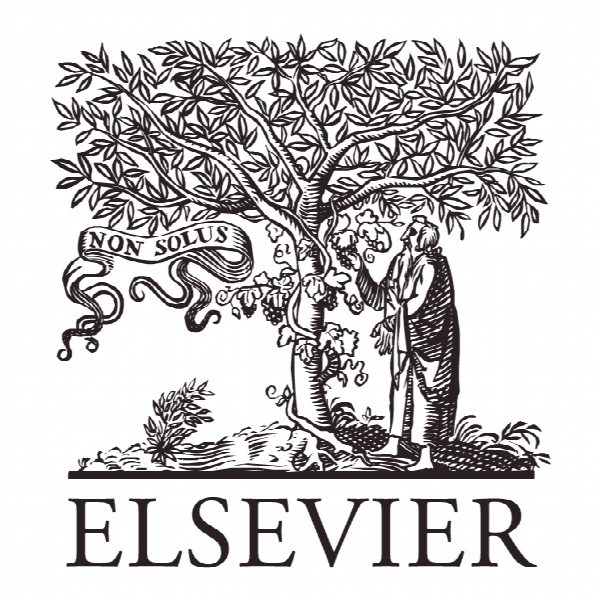خودارجاعی در انتخاب دانشجویان و مدیران از بخش های بازار هدف Self-reference bias in students’ and managers’ selection of target market segments
- نوع فایل : کتاب
- زبان : انگلیسی
- ناشر : Elsevier
- چاپ و سال / کشور: 2017
توضیحات
رشته های مرتبط مدیریت
مجله بین المللی آموزش مدیریت – The International Journal of Management Education
دانشگاه دانشکده بازاریابی و موسسه مطالعات بازاریابی Ehrenberg-Bass، استرالیای جنوبی، استرالیا
نشریه نشریه الزویر
مجله بین المللی آموزش مدیریت – The International Journal of Management Education
دانشگاه دانشکده بازاریابی و موسسه مطالعات بازاریابی Ehrenberg-Bass، استرالیای جنوبی، استرالیا
نشریه نشریه الزویر
Description
1. Introduction Self-salience e the idea that ‘I’ am at the centre of my own personal universe (Catrambone, Beike, & Niedenthal, 1996; Klein & Loftus, 1988) e is a well-developed and frequently-used construct relevant to business education and practice. The self is a central marker in the understanding and interpretation of events and how they effect the individual (Rogers, Kuiper, & Kirker, 1977); indeed, individuals tend to define themselves in terms of their personal relationships with other people and social groups (Brewer & Gardner, 1996), a classic example being students using their classmates as frameworks for social comparisons to evaluate their own academic standing (Gest, Rulison, Davidson, & Welsh, 2008). This self-reference bias e defined consistently across literature as an encoding strategy used during the learning process to enable the organisation and elaboration of new information (Gest et al., 2008; Klein & Loftus, 1988; Symons & Johnson, 1997) e occurs naturally in learning, when individuals are presented with large amounts of information to interpret, organise and store. The self in this context functions as a superordinate schema, and plays a significant role in processing, understanding and recollecting information (Rogers et al., 1977), assisting students in mastering new knowledge and skills. Processing information self-referentially is a normal, and indeed highly efficient, learning mode (Catrambone et al., 1996), and because of this, all students use themselves as a model to understand the things around them to some extent (Cho & Knowles, 2013; Preckel & Brüll, 2010). The danger of this learning mode, is that business graduates with marketing specialisations who regularly use it in preference to other modes may fall into the habit of over-emphasising their own personal characteristics (including age and gender) when choosing a target segment in a marketing plan, without realising that they are doing so; this may lead to the creation of flawed and ineffective marketing plans. This paper aims to raise awareness of the problems associated with self-referencing as a learning strategy for students, and to offer empirical evidence that these issues can persist amongst not only business-marketing students, but also qualified practitioners. Learning strategies, styles and preferences influence the academic performance of students (Debicki, Kellermanns, Barnett, Pearson, & Pearson, 2016). Thus, it is important to acknowledge the benefits and drawbacks of self-referent encoding. The application of the self is deeply involved in the processing, interpretation and memorisation of all kinds of information (Rogers et al., 1977); the retrieval processes of episodic memory are localised in the right cortex of the brain, and self-referent encoding activates the same area, suggesting that there is a connection between self-referent encoding and the retrieval of memories (Zhu & Zhang, 2002). Speed of attention, facility of memory and neurobiological correlates of processing are all affected by how relevant the information being processed is to the self (Wisco, 2009). The memory of an object has been shown to be stronger when the object is encoded with reference to the self than when it is encoded with reference to another person, or for general meaning (Brown, Keenan, & Potts, 1986). This suggests that self-reference can facilitate the effective encoding and easy retrieval of information (Klein & Loftus, 1988).


